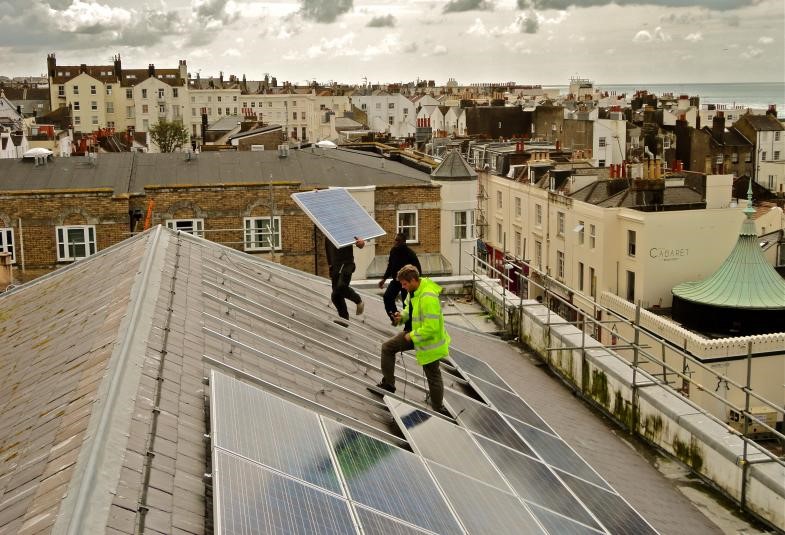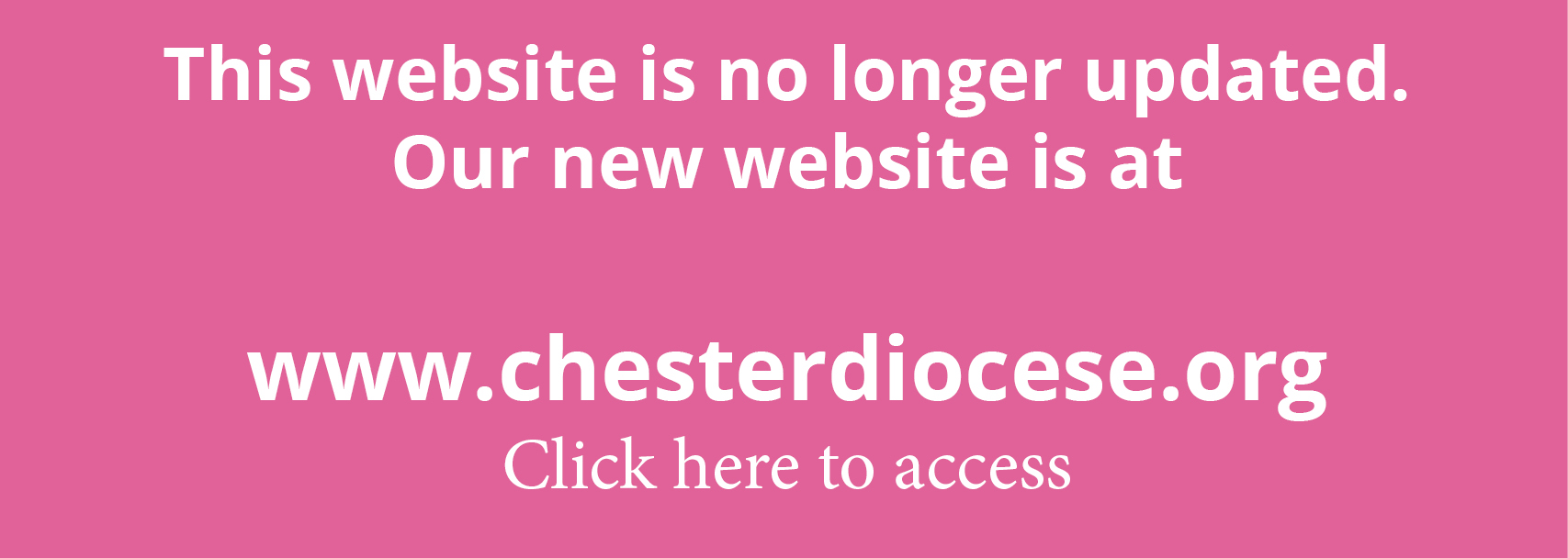 The Church of England is to consult dioceses, cathedrals, national institutions, parishes, schools, and other interested parties on a proposed route map to achieve net zero carbon by 2030, as papers are published for November's inaugural meeting of a new General Synod.
The Church of England is to consult dioceses, cathedrals, national institutions, parishes, schools, and other interested parties on a proposed route map to achieve net zero carbon by 2030, as papers are published for November's inaugural meeting of a new General Synod.
The draft route map, published among today's General Synod papers, suggests how all parts of the Church of England can make changes together to achieve the ambitious target set by General Synod in 2020 to be net-zero carbon 20 years ahead of the Government’s targets.
It includes recommendations for building maintenance, heating and the availability of specialist advice for each setting alongside how the central Church and dioceses can offer support.
The newly elected Synod will be formally inaugurated on Tuesday, November 16 at the start of a two-day meeting.
The meeting at Church House Westminster will be the first full group of sessions held in person since the beginning of the Covid-19 pandemic.
Making possible Synod's 'ambitious target' of net-zero by 2030
The draft net-zero carbon route map has been written by a sub-committee of the Church of England’s Environmental Working Group, chaired by the Bishop of Selby, Dr John Thomson, with advice from across the Church and charities.
He said: “God’s creation is in crisis, and there is an urgent call to address this at every level of our global community, to protect creation, including the world’s poorest communities who are being affected the most and soonest by climate change.
“Synod has set an ambitious target, and this represents the next step in building consensus around a workable plan for the whole Church to meet that aim and to make the target possible.
“We recognise this will be challenging and there will be a financial cost, however, many adaptations can also be made simply and quickly, such as switching to a green energy provider, filling gaps in windows, and changing lightbulbs, all of which can help to reduce energy costs.
“I encourage individuals and communities to engage with these consultation proposals and to think at every level what can be done to be part of the change we need to live out in response to our Christian calling to safeguard and care for all of God’s creation.”
Becky Clark, Director of Churches and Cathedrals for the Archbishops' Council, said: "This consultation seeks to gather a wide range of views to build consensus on how the Church of England can both reduce its carbon footprint and also model care for creation.
"Buildings are at the heart of this and all involved are aware of the significant challenges, not least to parishes and cathedrals struggling to recover from the pandemic.
"However there are already amazing examples of churches that are at the vanguard of low carbon adaptations, demonstrating that even the highest listed buildings can make vital changes and be part of tackling the climate emergency.”
Anyone can respond to the consultation online before the closing date of 28 February 2022, with responses particularly requested from Dioceses and Cathedrals.
There will be a series of information sessions, open to all, in November and December of 2021 to discuss the suggestions, and answer questions arising during the consultation period. To book follow the link below.
